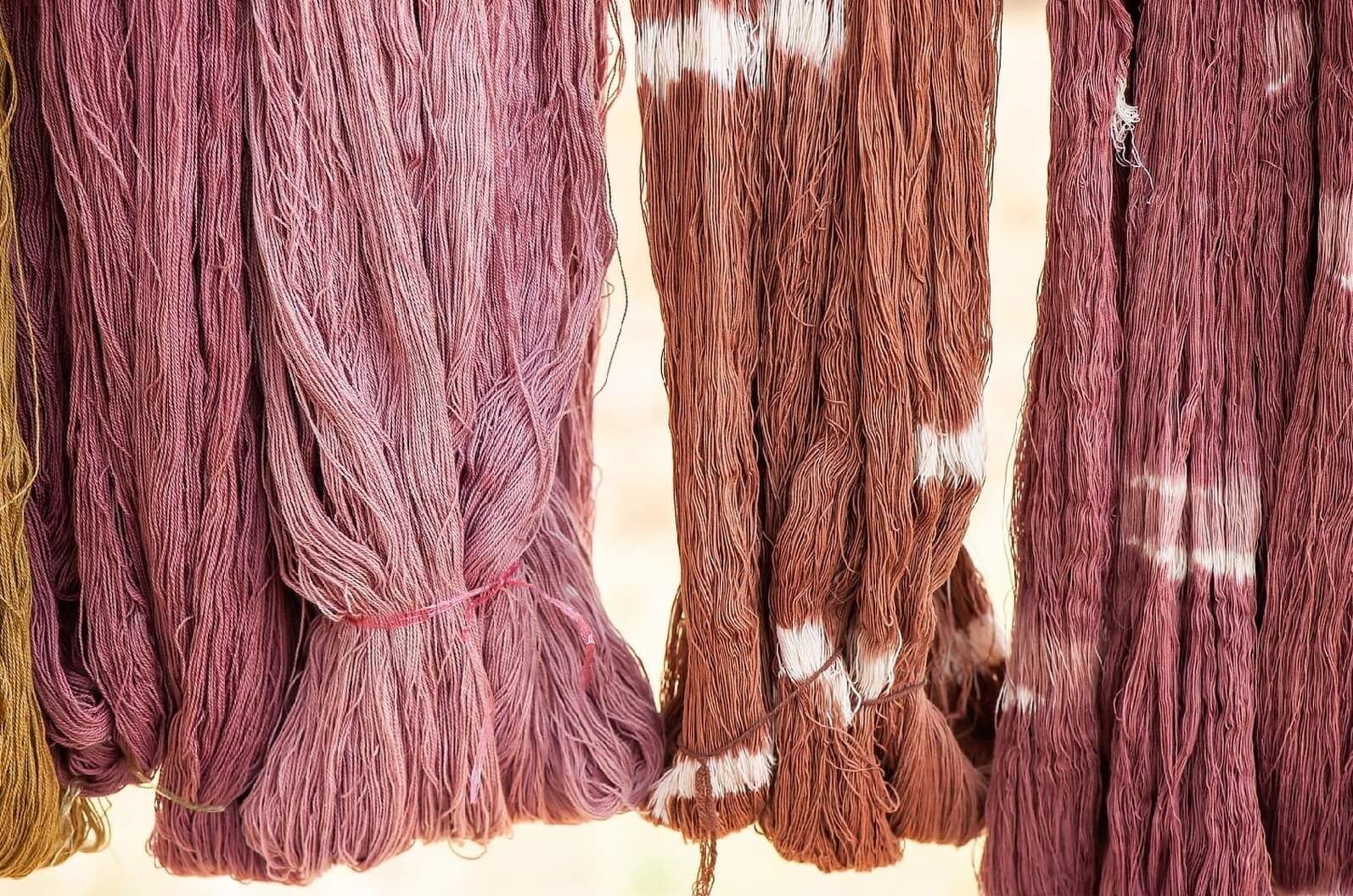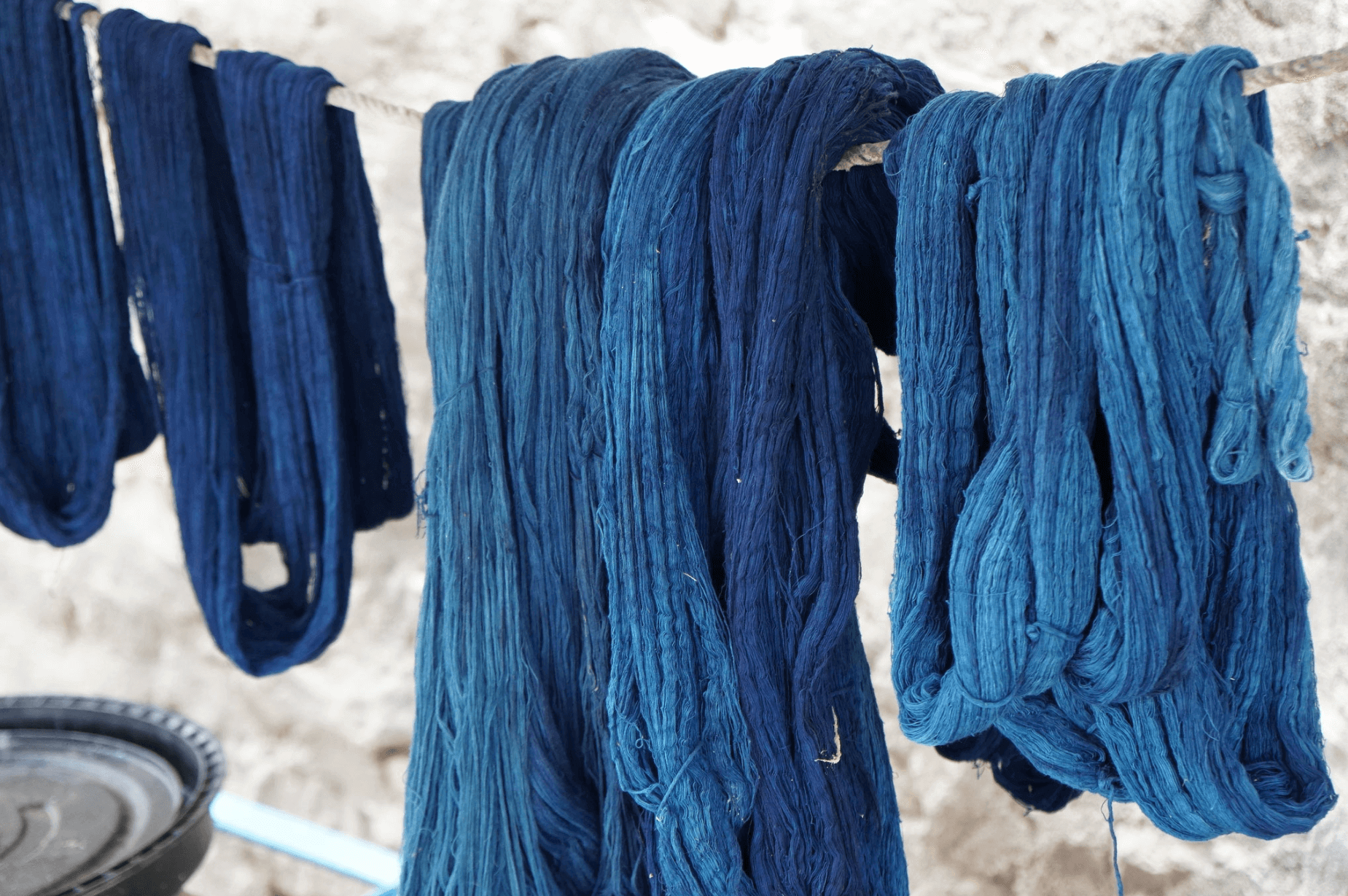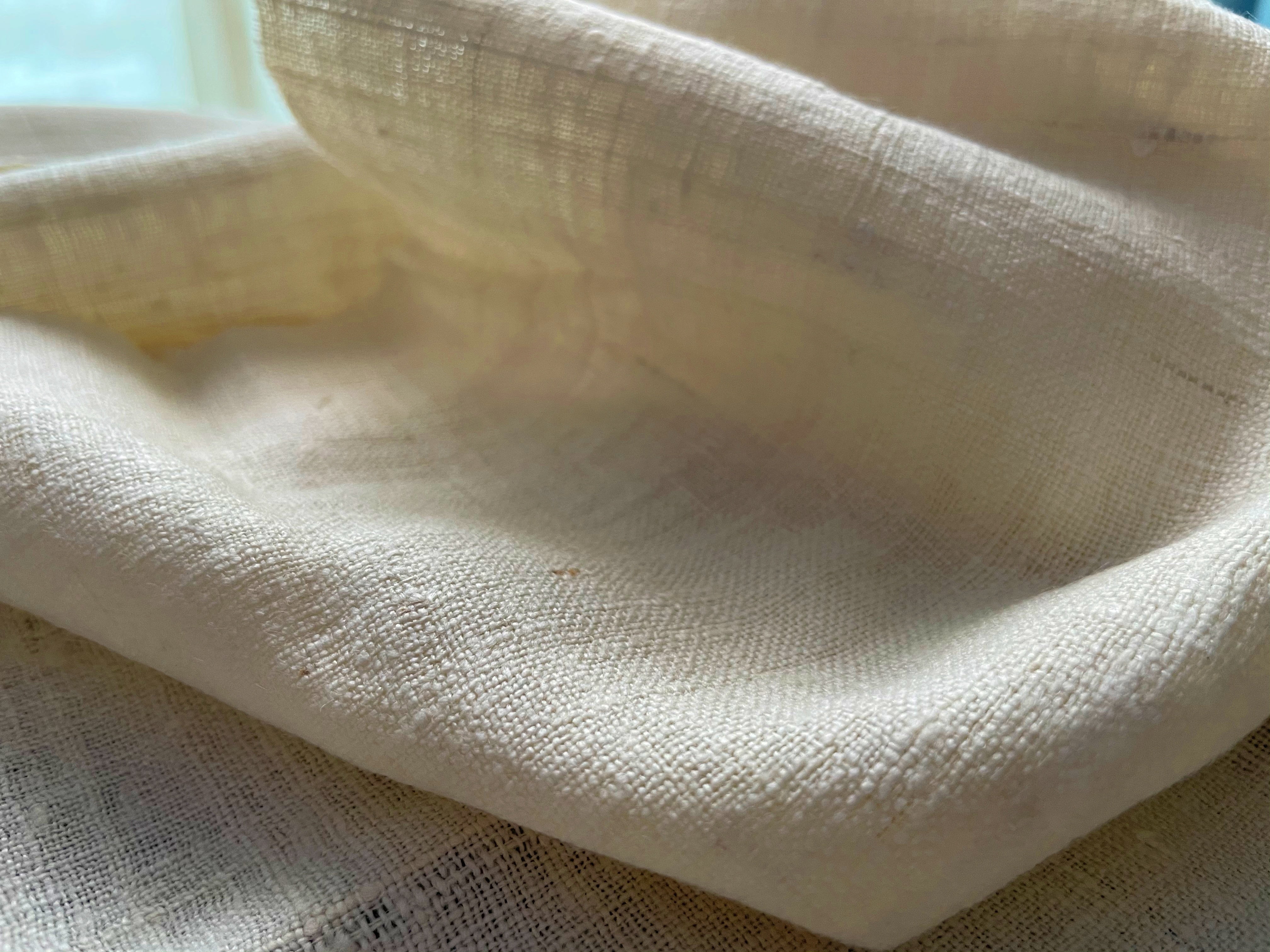Let's Talk Natural Dyes

We have been experimenting with natural dyes ever since the inception of TSC. One of the reasons I personally love this medium is because, even though there are general scientific guidelines to get colours within certain ranges, each colour experiment is dependent upon the kind of water you use, the freshness of your materials, the mordants you use (or don’t use), the type of fibres (silk, cotton, linen, wool, etc.) you are dyeing, the temperature of your dye pot, the length of time you allow it to sit, and whether or not it’s the first, second, or fourth item in the dye pot. It is fascinating!
Another important factor - and this is as a brand - was our commitment to sustainable production practices. If you’ve been with us for a while now, you’ll know that we work with a minimal waste approach, and our products are created with natural materials, natural dyes or low-impact dyes. Low-impact dyes are not natural dyes, but they are removed of any chemicals that would be harmful to the environment, maker, and wearer.
So What Are Low-Impact Dyes?
Low-impact dyes, or fiber-reactive dyes, are categorized by their absorption rate. That may sound like a lot of jargon, though what it essentially means is that low-impact dyes have been given that name because they require less water in the rinse process of dyeing clothing and therefore less dye ends up running off into nearby water. This overall creates much less of an environmental impact than synthetic dyes do. These pigments do not require toxic chemicals and are free from heavy metals which have been linked to human health issues. Low-impact dyes are often certified by Oeko-Tex Standard 100 as eco-friendly, though they are not completely free from environmental harm.
And What About Natural Dyes?
Synthetic or Azo dyes were first created in the mid-1800s and almost immediately adopted by many for their low-cost factor. Before then, people had to use what was naturally around them including plants, insects, food, and minerals. The earliest record of the use of natural dyes is from 2600 BC in China. By the 4th century AD, dyes made from wood and vegetables were discovered, as well as a shade of purple made from mollusks that was only affordable to royalty. More colors were created as centuries went by until the shift to synthetic products.
While natural dyes have continued to be used by some, they are not nearly as widespread as they were before the 19th century. Since natural dyes are, well, natural they provide much less of a health risk to the dyer and those living near dye factories.
As we know already that synthetic dyes are cost-effective, the opposite is true for natural dyes – they are extremely costly. These products are not nearly as accessible as artificial dyes and prove to require a lot more time, effort, and materials to produce.

In addition, there is the unfortunate truth that natural dyes cannot provide some of the same varied colors which artificial ones can. At least not yet. The use of chemicals is currently vital in creating the kinds of electric yellows or neon pinks we know today. Colours derived from natural resources will fade on clothing over time because, just like organic food, there aren’t the preservatives sealing the colour in.
In the sustainable fashion community, we all want to be able to tell others that consciously produced clothing can be an equal replacement for synthetic garments, though the truth is there is no equivalent. Fast fashion and sustainable fashion will never be equal in the way we wish to directly compare items, fabric, and dyes. Hopping on board this sustainable fashion train requires you to let go of what you think fashion can or should look like, and embrace what naturally occurring materials can produce. It’s, again, a change of mindset, not a replacement.




